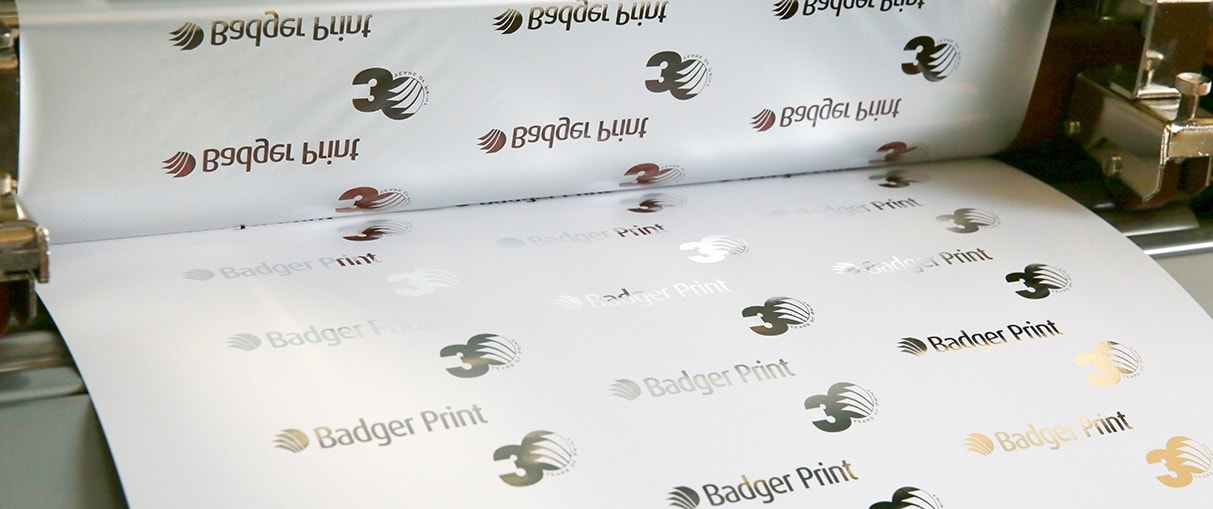To celebrate the arrival of our brand new folding machine, we thought we’d tackle the subject of folding types and explain exactly what each one is and how it works.
There are a number of design considerations depending on which you go for and each type is better suited to different purposes and also the information you want to include.
Here are the most common types of folds:
TRI-FOLD
This popular fold is used mainly for leaflets. The first step in producing a tri-fold leaflet is to decide how you want to distribute your content. Try to organise your text and images into thematic blocks as this will help you to decide how many sides are needed, and make sure your images are spread evenly across the panels to avoid having too much text without visual points of interest.
Z-FOLD
With the ‘Z’ style, the pages nest together so as the leaflet is opened, the pages are in sequence. Z-fold leaflets offer you the possibility of clearly separating your content into sections, so after your first page for the overall title and main message, you can use the other pages for different topics. The reader discovers each page in the leaflet as they unfold it, allowing you to divide up your information effectively.
BI-FOLD
The bi-fold or half fold can be used for brochures, informational leaflets, postcards and some business or appointment cards. The inner pages are usually used for the content, while the front and the back page presents the brand, some company information and contact details.
GATE FOLD
Production of the gate fold can be difficult as lining up images that cross over the two flaps is extremely precise. Design of this type of leaflet also needs some thought, as you really need to make sure that there’s an element of intrigue to make the reader want to open it. The nature of the fold means it’s possible it could remain closed, unlike other ‘auto opening’ formats like the z-fold. Think about whether your content is more appropriate in an open or closed format and how you can make sure that the reader is tempted to open the ‘gates’.
CRACKING SOLVED
Folds can crack the finish on the paper, causing disturbance to the ink which is especially noticeable for dark solid colours on a gloss finish. The good news is that our brand new Morgana folding machine is designed for precise creasing without cracking or damaging the spine, making unsightly folds a thing of the past.
Need more information on folding options? Please contact us at our state-of-the-art commercial print facility, located between Telford and Bridgnorth.


 High Quality Print
High Quality Print
 Free Local Delivery
Free Local Delivery
 Quick Turnaround
Quick Turnaround
All the latest in print and design
Plus helpful tips and ideas to give you plenty of inspiration